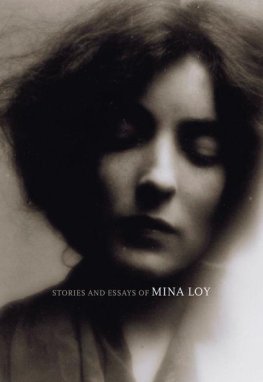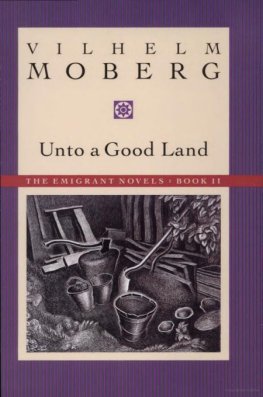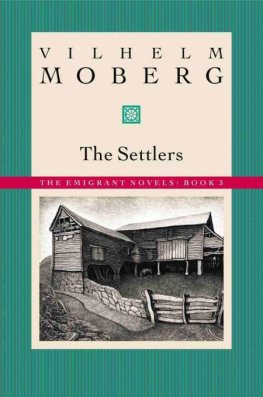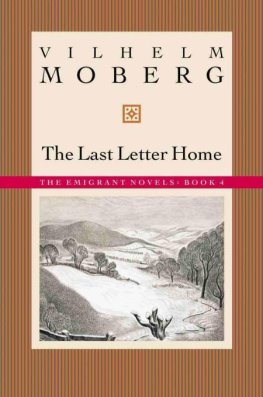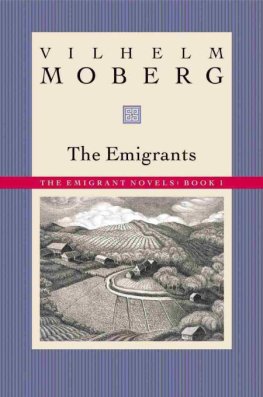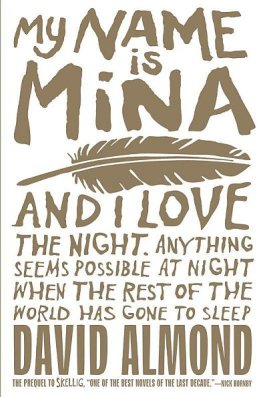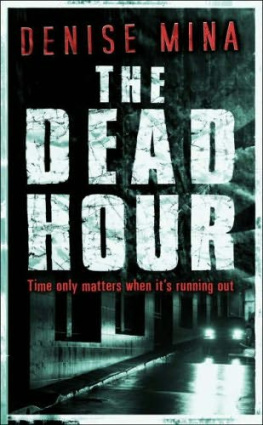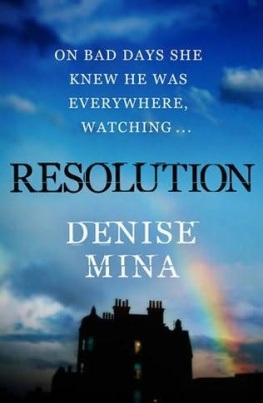I Go to America




Swedish American Women and the Life of Mina Anderson
Joy K. Lintelman

2009 by the Minnesota Historical Society. All rights reserved. No part of this book may be used or reproduced in any manner whatsoever without written permission except in the case of brief quotations embodied in critical articles and reviews. For information, write to the Minnesota Historical Society Press, 345 Kellogg Blvd. W., St. Paul, Minnesota 55102-1906.
www.mhspress.org
The Minnesota Historical Society Press is a member of the Association of American University Presses.
Manufactured in the United States of America
10 9 8 7 6 5 4 3 2 1
The paper used in this publication meets the minimum requirements of the American National Standard for Information Sciences Permanence for Printed Library Materials, ANSI Z39. 481984.
International Standard Book Number
ISBN 13: 978-0-87351-636-5 (cloth)
ISBN 10: 0-87351-636-2 (cloth)
Library of Congress Cataloging-in-Publication Data
Lintelman, Joy K.
I go to America : Swedish American women and the life of Mina Anderson / Joy K. Lintelman.
p. cm.
Includes bibliographical references and index.
ISBN-13: 978-0-87351-636-5 (cloth : alk. paper)
ISBN-10: 0-87351-636-2 (cloth : alk. paper)
E-book ISBN: 978-0-87351-762-1
1. Swedish American womenSocial conditions19th century. 2. Swedish American womenSocial conditions20th century. 3. Swedish American womenBiography. 4. Women immigrantsUnited StatesBiography. 5. Halgren, Minnie, 18671955. 6. Swedish American womenMiddle WestBiography. 7. Women immigrants Middle WestBiography. 8. Women pioneersMiddle WestBiography. 9. SwedenEmigration and immigrationSocial aspectsHistory. 10. United StatesEmigration and immigrationSocial aspectsHistory. I. Title.
E184.S23L525 2009
305.893'97073dc22
2008035193
Jacket and text design: Wendy Holdman
Maps: CartoGraphics, Inc.
To Clarice Mae Barke Lintelman, another strong woman who, like Mina, left a rich legacy for her descendants
The publication of this book was supported, in part, through generous grants from the June D. Holmquist Publications and Research Fund, the Ken and Nina Rothchild Endowed Fund for Womens History, and the Minnesota Humanities Center.
Acknowledgments

T HIS PROJECT BEGAN ONE DAY IN THE SUMMER OF 1993 WITH A PHONE call to my husband from the kitchen of Fru Ts caf in Vxj, Sweden. Barely able to contain my excitement, I shared with him how I had happened upon a fascinating memoir about a single Swedish immigrant woman named Mina Anderson. Her life story illustrated so many of the experiences of Swedish immigrant women I had discovered in my years of study. Wouldnt it be great, I mused, if I could write a book based on Minas life to tell the story of Swedish immigrant womens experiences. Fifteen years later, those musings have finally become a reality, but not without the help of a very long list of people and institutions. Those debts are also recorded in my notes, but I would like to offer special recognition to a number of institutions and individuals, spanning two continents, that were especially supportive and helpful in making this book possible.
Across the Atlantic, the archivists and research staff at the Swedish Emigrant Institute in Vxj, where Minas memoir is located, provided valuable assistance for my work during several research trips there and via email and the Internet. Thanks especially to Christina Persson, archivist, and Yngve Turesson, librarian, and to the Emigrant Institutes fellowship program, which helped fund some of the research I conducted there. Several of the historical images of Sweden were generously provided by Ulla Hallbck of Vstergtlands Museum, Gunilla Sjkvist of Freningen Krafttaget, and Bo Andersson of Dalsland, Sweden.
Matti Gustafsson of ml, Sweden, shared with me his time, his curiosity and enthusiasm, his car, his home, and even his family, making my visit to Dalsland in search of Minas childhood an unforgettable experience. Thanks also to Bo Johanson, who kindly led me through a forest to Minas birthplace. Olof Ljung and Annelli Andersson of Mellerud Museum and Genealogy Archive helped broaden my knowledge and understanding of life in Dalsland in the nineteenth century. And a former student, Anna Peterson, was also very generous, helpful, and hospitable on a trip I took to eastern Norway to investigate Minas servant work there.
Back in the United States, Minas descendants, especially Merrill Halgren and Beverly Siedow, were remarkably accepting of the total stranger who appeared asking questions about their grandmother. They generously shared pictures, documents, and memories and patiently answered my numerous questions. Anne-Charlotte Hanes Harvey was also instrumental at this projects inception, generously providing me with taped translations of Minas memoir. Elisabeth Thorsell, editor of the Swedish American Genealogist , provided copies of parish records.
The Minnesota Historical Society not only provided collections that contributed to this study but also made available research funding for the book in its early stages. Special thanks to Debbie Miller for her assistance in finding useful collections and for allowing me to use facilities in a research suite at the Minnesota Historical Society, and to Sally Rubenstein for encouraging the project even as it took so long to complete. Grants from the Minnesota Humanities Center and from Concordia College, Moorhead, also supported the research and writing of Minas story.
Because I teach at a small liberal arts college in northwestern Minnesota, interlibrary loan is essential for my research. Lola Quam and then Leah Anderson were especially important in helping me obtain primary and secondary source materials for this study, from nineteenth-century Swedish American publications to the most recent studies in immigration and womens history.
Several friends and colleagues also read and commented on the manuscript as it progressed. Carroll Engelhardt, Colette Hyman, and Marita Karlisch all provided very helpful comments and critiques. Marita supplied help with tricky translation questions as well. However, I alone am responsible for any omissions or errors of fact or interpretation in this work.
Jo Engelhardt and Judith Sinclair, assisted by a long line of Concordia College history department work-study students, supported this project by retrieving library books, making photocopies, and assisting with data entry and computer formatting.
Debts of gratitude are also owed to Emma, Hannah, and Noah, who during most of their growing-up years put up with their mothers fascination with Mina. Last and most significant, I offer thanks to my husband, Rick Chapman. From a Fulbright year in graduate school when he followed along to Sweden and served as dagpappa for Emma, to his continued probing questions, sharp critiques, and editorial expertise, his support and assistance have made this a much better book than it would have been otherwise.


